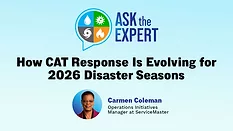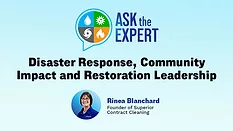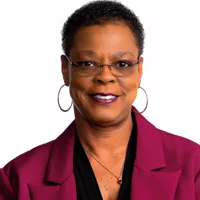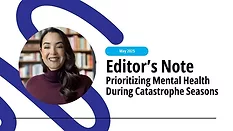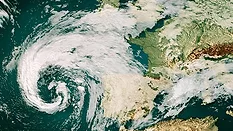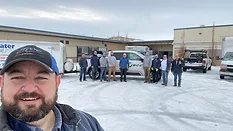
Catastrophe Restoration
Coverage of the people, tools and techniques related to catastrophe restoration. Insights on responding to hurricanes, wildfires, tornadoes, localized flooding, snow storms, mudslides, deep freezes and other acts of Mother Nature.
Articles
More ArticlesPodcasts
More PodcastsBlog Posts
See MoreStay ahead of the curve with our newsletters.
Get the latest industry updates tailored your way.
JOIN TODAY!Copyright ©2025. All Rights Reserved BNP Media.
Design, CMS, Hosting & Web Development :: ePublishing
